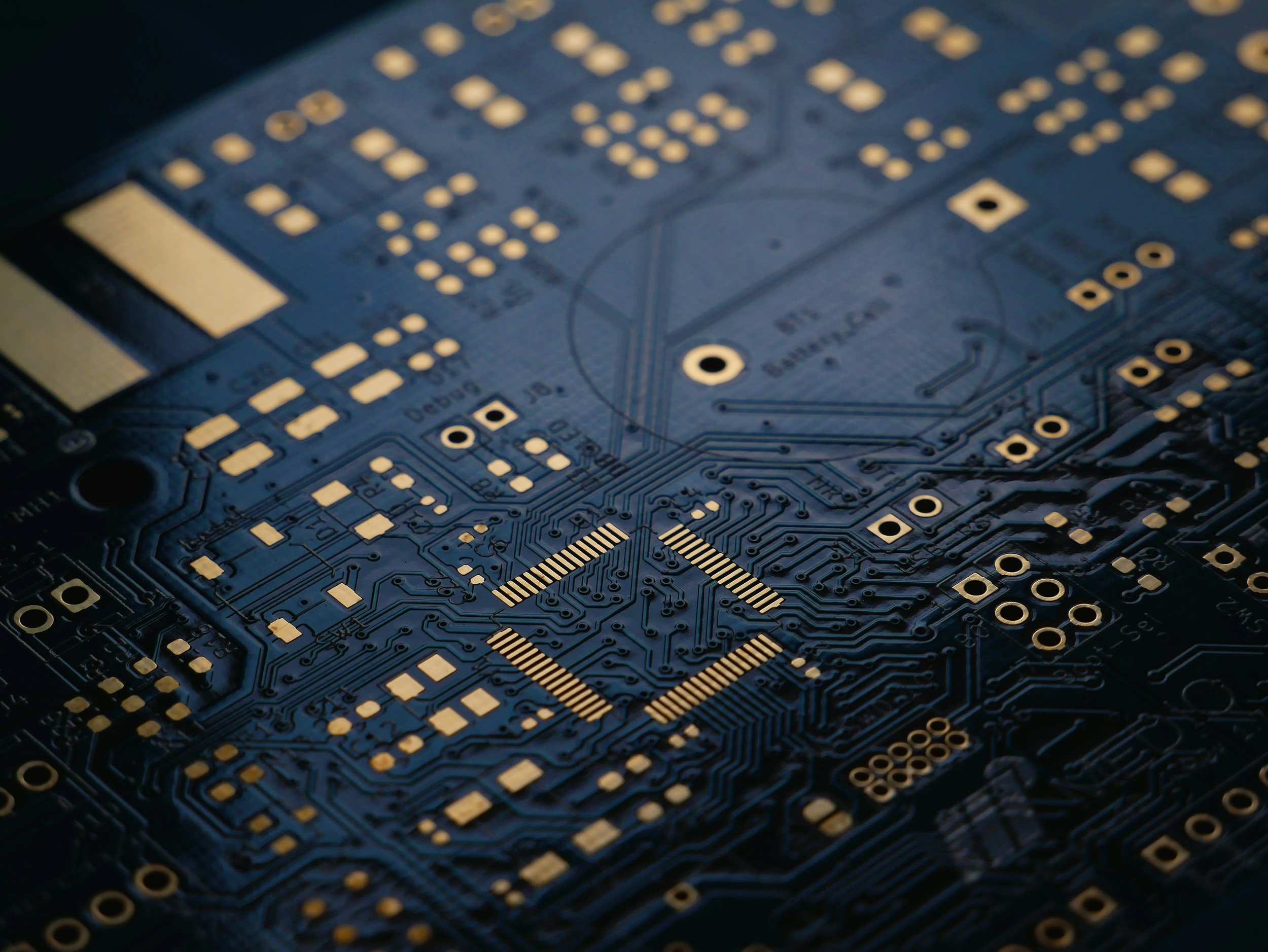Nvidia CEO Introduces "Hyper Moore’s Law" to Accelerate AI Computing
Jensen Huang, CEO of Nvidia
Image Source: Nvidia
In a recent episode of the No Priors AI-focused podcast, Jensen Huang, CEO of Nvidia, unveiled a transformative concept poised to redefine the trajectory of artificial intelligence computing. Termed "Hyper Moore’s Law" this visionary idea suggests that AI computing performance could advance at a rate surpassing the traditional Moore's Law, which has long been the cornerstone of semiconductor progress. This development not only highlights Nvidia's pivotal role in the AI revolution but also signals potential seismic shifts for investors and the broader technology landscape.
[Read More: Semiconductor Showdown: How Taiwan’s Chips Shape the AI Race and Geopolitics]
Understanding "Hyper Moore’s Law"
Moore's Law, articulated by Intel co-founder Gordon Moore, has historically predicted the doubling of transistor counts on integrated circuits approximately every two years, leading to exponential increases in computing performance. Nvidia's "Hyper Moore’s Law" builds upon this foundation by proposing that AI computing performance could double or even triple annually. Unlike the hardware-centric focus of traditional Moore's Law, Hyper Moore’s Law encompasses comprehensive advancements across software, networking, algorithms, and datacenter infrastructure. Huang emphasized the compounding effect of these improvements, stating, “When you double or triple every year in just a few years it adds up. It compounds really, aggressively.”
[Read More: TSMC's 2nm Breakthrough Powers the Next Wave of AI and Mobile Tech]
Nvidia's Strategic Position and Investor Implications
Nvidia stands at the forefront of this anticipated exponential growth. As a global leader in AI and GPU technology, the company is uniquely positioned to harness and benefit from the accelerated advancements proposed by Hyper Moore’s Law. For investors, this vision suggests that Nvidia could experience unparalleled technological evolution, potentially outpacing competitors and driving substantial long-term value. The company's strategic emphasis on AI hardware and its integration with broader technological ecosystems underscore its role as a central player in the forthcoming AI-driven expansion.
[Read More: AI Chip Wars: Nvidia’s Rivals Gear Up for a Slice of the Market]
Drivers of Acceleration
Several factors underpin the rapid acceleration envisioned by Hyper Moore’s Law:
Shortened Product Cycles: Nvidia aims to transition to a one-year product development cycle, effectively doubling the traditional two-year cadence. This rapid turnaround is designed to keep the company ahead of rivals and responsive to the escalating demand for sophisticated AI capabilities.
Comprehensive Technological Enhancements: By advancing every layer of the AI stack—including networking, software, algorithms, and hardware integration—Nvidia seeks to create synergistic systems that deliver performance gains beyond what isolated hardware improvements could achieve.
Scalable GPU Superclusters: The deployment of extensive GPU superclusters, comprising thousands of GPUs, is critical to Nvidia's strategy. These superclusters enable unprecedented computational power, facilitating breakthroughs in complex, data-intensive applications across various industries.
[Read More: Elon Musk's xAI Breakthrough: Supercomputer Built in 19 Days Sets New AI Benchmark]
Practical Implications and Applications
The accelerated growth in AI computing power envisaged by Hyper Moore’s Law has far-reaching implications:
Cost Reduction and Accessibility: Increased efficiency and reduced computational costs could democratize AI, making advanced machine learning tools accessible to smaller enterprises. This democratization fosters innovation across diverse sectors, including healthcare, finance, retail, and logistics.
Industry Transformation: Enhanced AI capabilities can revolutionize processes such as drug discovery, diagnostic accuracy, personalized medicine in healthcare, fraud detection and algorithmic trading in finance, and predictive inventory management in retail.
Autonomous Systems and Complex Problem-Solving: The expanded computational capacity paves the way for advancements in autonomous technologies and the resolution of previously intractable computing challenges, potentially leading to groundbreaking applications and services.
Risks and Challenges
Despite the promising outlook, Nvidia faces several hurdles in realizing Hyper Moore’s Law:
Physical Limitations of Semiconductors: As chip manufacturing approaches atomic scales, further downsizing becomes increasingly challenging, potentially impeding transistor density improvements.
Energy Consumption and Sustainability: The heightened energy demands and cooling requirements of large GPU clusters pose significant sustainability and operational cost concerns.
Ethical and Regulatory Considerations: The proliferation of AI technologies raises critical issues related to data privacy, ethical decision-making, and regulatory compliance, necessitating careful navigation by Nvidia and its peers.
Intensifying Competition: Rivals such as AMD and Intel are accelerating their AI hardware developments, intensifying the competitive landscape and pressuring Nvidia to maintain its technological edge.
[Read More: AI Kicks Away Bitcoin? The Power Struggle for Energy Resources]
The Visionary Behind Nvidia: Jensen Huang
Jensen Huang, the co-founder and CEO of Nvidia, is widely regarded as one of the most visionary leaders in the technology industry. Born in Taiwan in 1963 and raised in the United States since 1972, Huang graduated from Oregon State University in 1984 with a degree in electrical engineering, later earning a master’s degree in electrical engineering from Stanford University in 1992. His career began at LSI Logic and Advanced Micro Devices (AMD) before he founded Nvidia in 1993, focusing on high-performance graphics processing. Recognized for his groundbreaking contributions, Huang was included in Time magazine's annual list of the world's 100 most influential people in both 2021 and 2024.
[Read More: AI Stocks: The Giants Leading the Charge]
Source: Forbes












